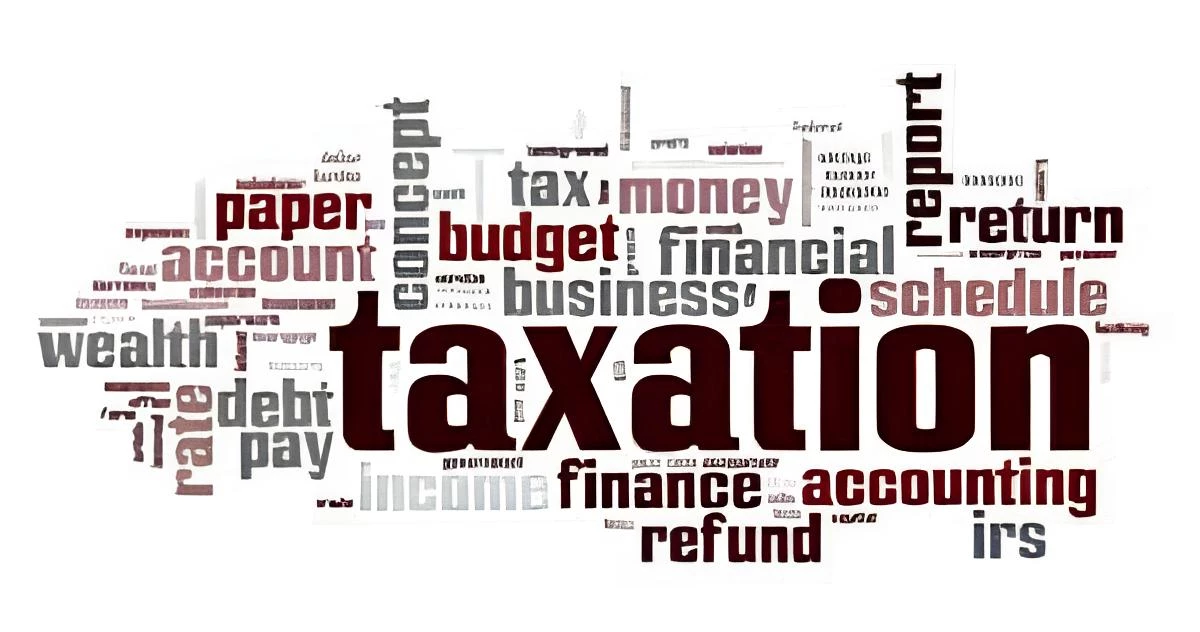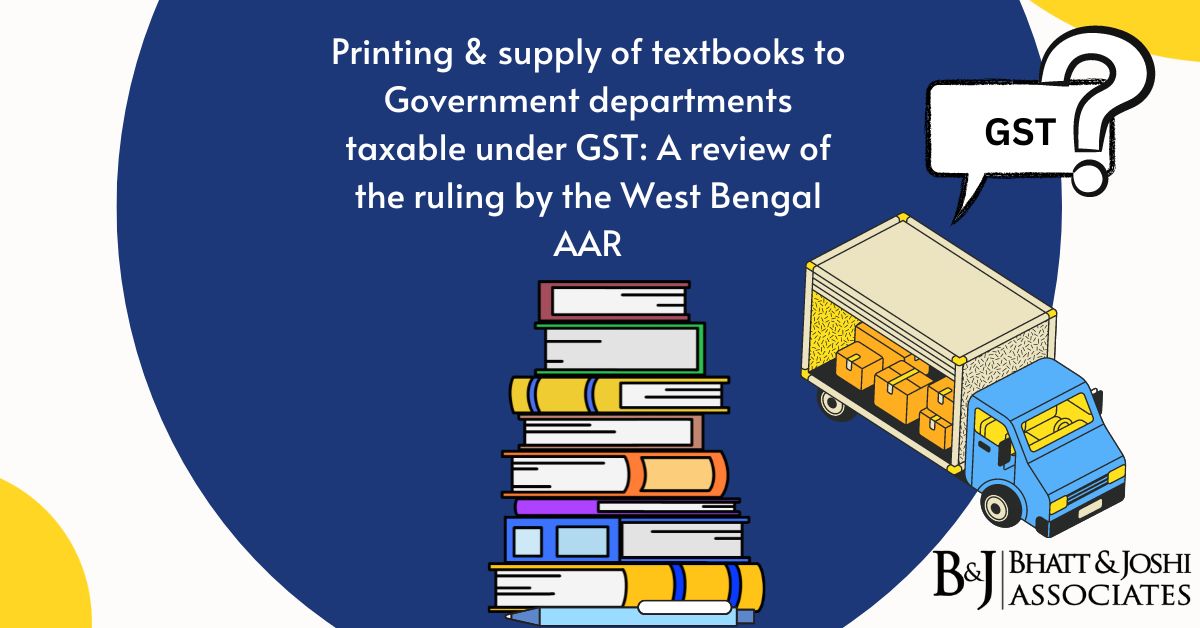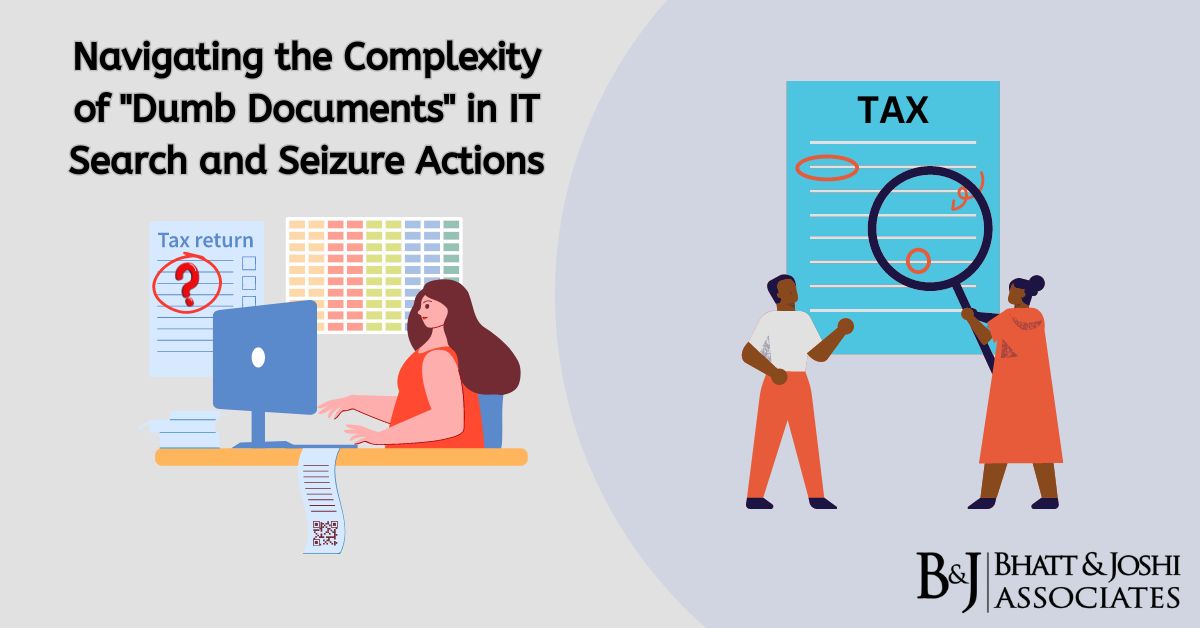Income Tax Informants Rewards Scheme 2018 and Evasion Petition Procedure
Introduction
The Income Tax Informants Rewards Scheme 2018 represents a significant enhancement in India’s approach towards combating tax evasion through citizen participation. This scheme, introduced by the Central Board of Direct Taxes (CBDT) under notification F.No. 292/62/2012-IT (Inv.III)/26 dated 23rd April 2018, superseded the earlier Guidelines for grant of rewards to Informants, 2007 [1]. The scheme operates alongside the e-portal based Tax Evasion Petition (TEP) mechanism, creating a dual framework for reporting substantial tax evasion in India.
The constitutional and statutory framework governing these mechanisms draws its authority from the Income Tax Act, 1961, and the Black Money (Undisclosed Foreign Income and Assets) and Imposition of Tax Act, 2015. These provisions collectively establish a comprehensive system designed to incentivize public participation in tax compliance enforcement while maintaining appropriate safeguards and procedural transparency.
Historical Context and Legislative Evolution
The concept of informant rewards in Indian tax law has evolved significantly since its inception. The original Guidelines for grant of rewards to Informants were issued in 2007, but the need for a more robust and transparent system led to the comprehensive revision that resulted in the 2018 scheme. This evolution reflects the government’s commitment to strengthening tax administration through enhanced citizen participation and technological advancement.
The legislative intent behind these mechanisms is rooted in the principle that tax evasion constitutes a serious economic offense that undermines the fiscal foundation of the state. The Supreme Court has consistently recognized the state’s authority to implement measures for effective tax collection, as established in various landmark judgments dealing with the constitutional validity of search and seizure provisions under the Income Tax Act.
Legal Framework Governing the Informants Rewards Scheme 2018
Statutory Authority and Scope
The Income Tax Informants Rewards Scheme 2018 derives its authority from Section 119 of the Income Tax Act, 1961, which empowers the CBDT to issue guidelines for the administration of direct taxes [2]. The scheme’s scope extends to substantial tax evasion cases under both the Income Tax Act, 1961, and the Black Money (Undisclosed Foreign Income and Assets) and Imposition of Tax Act, 2015.
The scheme defines “substantial tax evasion” based on specific monetary thresholds that vary according to the investigating directorate involved. For cases handled by the Directorate General of Income Tax (Investigation), the threshold for substantial tax evasion is set at Rs. 1 crore, while for certain specialized directorates, this threshold may extend up to Rs. 5 crores depending on the nature and complexity of the investigation.
Procedural Requirements and Jurisdictional Framework
Under the scheme, informants must furnish information through prescribed channels to designated authorities. The hierarchical structure involves the Directorate General of Income Tax (Investigation) (DGIT-Inv), Principal Director of Income Tax (Investigation) (PDIT-Inv), and Joint Director of Income Tax (Investigation) (JDIT-Inv). The scheme mandates that all information must be submitted in the prescribed format specified in Annexure-A, and informants must appear in person before the JDIT (Inv) when called upon to do so.
The jurisdictional distribution includes investigation directorates posted across major cities including Ahmedabad, Vadodara, Surat, Rajkot, Bengaluru, Mumbai, Delhi, Chennai, Hyderabad, Kolkata, and numerous other locations as specified in Annexure-B of the scheme. This extensive network ensures comprehensive coverage across India’s major economic centers.
Reward Structure and Payment Mechanisms
The scheme establishes a bifurcated reward structure comprising interim and final rewards, with specific percentage-based calculations and monetary ceilings. Under the Income Tax Act, 1961, interim rewards are calculated at 1% of additional taxes realizable, subject to a ceiling of Rs. 10 lakhs for information provided in a single Annexure-A form. However, where specific information leads to seizure of unaccounted cash exceeding Rs. 1 crore during search and seizure operations under Section 132 of the Income Tax Act, the ceiling increases to Rs. 15 lakhs [3].
For cases under the Black Money (Undisclosed Foreign Income and Assets) and Imposition of Tax Act, 2015, interim rewards extend up to 3% of additional taxes levied, with a maximum ceiling of Rs. 50 lakhs. The final reward structure can reach up to Rs. 5 crores, making this one of the most lucrative informant schemes in Indian administrative law.
Tax Evasion Petition E-Portal Mechanism
Digital Infrastructure and Accessibility
The CBDT launched the e-portal for filing Tax Evasion Petitions as part of its e-governance initiative, accessible through the Income Tax Department’s e-filing website at https://www.incometaxindiaefiling.gov.in/ under the section “Submit Tax Evasion Petition or Benami Property holding” [4]. This digital platform represents a significant advancement in citizen-centric governance, allowing both registered and unregistered users to file complaints.
The e-portal accommodates complainants with and without PAN/Aadhaar credentials, ensuring universal accessibility. The system employs OTP-based validation through mobile and email verification, establishing a secure and authenticated complaint filing process.
Categorical Framework for Complaints
The e-portal provides three distinct forms corresponding to different types of violations:
Form-1 addresses complaints regarding tax evasion under the Income Tax Act, 1961. This form captures information about undisclosed income, assets, and related tax evasion activities within the domestic jurisdiction.
Form-2 specifically targets complaints regarding undisclosed foreign assets and income, operating under the Black Money (Undisclosed Foreign Income and Assets) and Imposition of Tax Act, 2015. This form addresses the growing concern of offshore tax evasion and hidden foreign wealth.
Form-3 handles complaints regarding Benami properties and transactions, governed by the Prevention of Benami Transactions Act, as amended. This form targets complex property arrangements designed to conceal beneficial ownership.
Status Tracking and Transparency Measures
Upon successful filing, the system generates a unique complaint number, enabling complainants to track the status of their submissions through the department’s website. This transparency mechanism represents a significant improvement over traditional complaint systems, providing complainants with visibility into the progress of their submissions.
Search and Seizure Provisions Under Section 132
Constitutional Validity and Judicial Scrutiny
The constitutional validity of search and seizure provisions under Section 132 of the Income Tax Act was upheld by the Supreme Court in Pooran Mal v. Director of Inspection (1974) 93 ITR 505 (SC) [5]. The Court recognized that these provisions serve the essential purpose of protecting social security and are regulated by law, making them constitutionally permissible despite their intrusive nature.
However, the legal landscape has evolved significantly since this judgment, particularly following the Supreme Court’s recognition of privacy as a fundamental right in Justice K.S. Puttaswamy (Retd.) v. Union of India (2017) 10 SCC 1. This development has introduced new dimensions to the constitutional analysis of search and seizure provisions, requiring a more nuanced application of the proportionality doctrine.
Procedural Safeguards and Due Process
Section 132 establishes comprehensive procedural safeguards to prevent abuse of search and seizure powers. These include requirements for authorization by specified senior officers, maintenance of detailed inventories of seized materials, provision of copies to affected persons, and adherence to timelines for retention of seized assets [6].
The section mandates that searches be conducted in the presence of two or more independent witnesses, ensuring transparency and accountability in the process. Additionally, the Code of Criminal Procedure, 1973, applies to the extent applicable to searches and seizures under Section 132, providing additional procedural protections.
Evidentiary Value and Assessment Implications
Statements recorded during search proceedings under Section 132(4) carry significant evidentiary value and may be used in any proceedings under the Act. This provision distinguishes search statements from survey statements recorded under Section 133A, which do not carry the same evidentiary weight.
The search and seizure provisions also trigger special assessment procedures under Sections 153A and 153C of the Income Tax Act, requiring assessment of six assessment years ending with the year in which the search is conducted. This comprehensive assessment framework ensures thorough examination of the assessee’s tax compliance history.
Right to Information Act Applicability and Limitations
Statutory Exemptions for Investigation Directorates
The Directorate General of Income Tax (Investigation) enjoys exemption from the Right to Information Act, 2005, under Section 24(1) read with the Second Schedule of the Act [7]. This exemption recognizes the sensitive nature of investigation work and the need to protect ongoing investigations from premature disclosure.
The Delhi High Court’s judgment in Central Board of Direct Taxes v. Satya Narain Shukla clarified that any information received from DGIT (Investigation) by other public authorities also falls within the exclusionary provisions of Section 24(1). This interpretation ensures comprehensive protection for investigation-related information while maintaining the integrity of ongoing proceedings [8].
Limited Disclosure Under Specific Circumstances
Despite the general exemption, the RTI Act provides for limited disclosure in cases involving allegations of corruption and human rights violations, as specified in the first proviso to Section 24(1). This exception balances the need for transparency in cases of public interest against the legitimate requirements of investigation secrecy.
The practical application of this exception requires careful evaluation of each request to determine whether the information sought relates to corruption allegations and whether disclosure would serve the public interest without compromising ongoing investigations.
Comparative Analysis: Informant Scheme vs. E-Portal Mechanism
Procedural Distinctions and Strategic Considerations
The fundamental distinction between the Informant Rewards Scheme and the e-portal mechanism lies in their respective approaches to citizen participation in tax enforcement. The Informant Scheme requires direct interaction with investigation authorities and follows a formal assessment process for reward determination, while the e-portal mechanism provides a more accessible but less incentivized reporting channel.
Under the Informant Scheme, the informant must appear before designated authorities and submit detailed information in the prescribed format. The scheme provides for substantial monetary rewards but requires more rigorous procedural compliance and verification. The discretionary power of the PDIT (Inv) to ignore information based on the informant’s antecedents and past conduct introduces an element of subjective evaluation that may impact the scheme’s effectiveness.
The e-portal mechanism, conversely, offers greater accessibility and anonymity but lacks the financial incentives of the Informant Scheme. This mechanism serves more as a public grievance redressal system than a targeted enforcement tool, though it provides valuable intelligence for tax administration.
Effectiveness and Enforcement Outcomes
The effectiveness of both mechanisms depends significantly on their implementation and the quality of follow-up action by tax authorities. The Informant Scheme’s success can be measured by the quantum of additional taxes recovered and the number of successful prosecutions resulting from informant intelligence. However, the confidential nature of investigation proceedings makes public evaluation of effectiveness challenging.
The e-portal mechanism’s effectiveness lies more in its role as an early warning system for tax authorities, enabling proactive identification of potential evasion cases. The transparency provided through status tracking enhances public confidence in the system, though the absence of RTI applicability limits oversight possibilities.
International Perspectives and Best Practices
Comparative Legal Frameworks
International tax enforcement systems provide valuable insights into best practices for informant schemes and citizen reporting mechanisms. The United States Internal Revenue Service operates a comprehensive whistleblower program under Section 7623 of the Internal Revenue Code, offering rewards of 15-30% of collected proceeds for information leading to successful tax enforcement actions.
The European Union’s framework for tax transparency includes provisions for cross-border information sharing and citizen reporting mechanisms, though these vary significantly across member states. The United Kingdom’s approach through HM Revenue and Customs includes both formal and informal reporting channels with graduated reward structures.
Lessons for Indian Implementation
International experience suggests that successful informant schemes require careful balance between incentives, procedural safeguards, and enforcement capabilities. The quantum of rewards must be sufficient to motivate reporting while ensuring cost-effectiveness for tax administration. Additionally, robust protection mechanisms for informants, including identity confidentiality and legal safeguards, are essential for scheme success.
The integration of digital platforms with traditional enforcement mechanisms, as demonstrated in India’s dual approach, represents a progressive model that combines accessibility with targeted incentives. However, the success of this model depends on effective coordination between different reporting channels and consistent follow-up procedures.
Challenges and Reform Considerations
Procedural Gaps and Implementation Issues
Several procedural gaps in the current framework may impact effectiveness. The discretionary power granted to investigation authorities to ignore information based on subjective assessments of informant credibility may lead to inconsistent application and potential abuse. Clear guidelines for exercising this discretion would enhance transparency and fairness.
The timeline for reward payments, particularly for interim rewards, requires streamlining to maintain informant confidence in the system. Delays in reward disbursement may discourage future participation and undermine the scheme’s objectives.
Technology Integration and Modernization
The current framework would benefit from enhanced technology integration, particularly in linking the e-portal mechanism with the formal Informant Scheme. A unified digital platform that allows seamless transition between anonymous reporting and formal informant participation could significantly enhance system efficiency.
Artificial intelligence and data analytics capabilities could improve the preliminary assessment of reported information, enabling more efficient allocation of investigation resources and faster response times to credible intelligence.
Legal and Constitutional Considerations
The evolving jurisprudence on privacy rights requires careful reconsideration of search and seizure provisions in light of the proportionality doctrine. While the current legal framework has withstood constitutional challenge, future developments may require more nuanced approaches to balancing enforcement needs with fundamental rights protection.
The interaction between informant schemes and constitutional principles of due process, equal protection, and fair trial rights requires ongoing evaluation to ensure that enforcement mechanisms do not undermine the broader constitutional framework.
Conclusion and Future Directions
The Income Tax Informants Rewards Scheme 2018 and the Tax Evasion Petition e-portal represent significant advances in India’s approach to tax enforcement through citizen participation. These mechanisms provide complementary channels for reporting tax evasion while offering different levels of engagement and incentivization.
The legal framework governing these mechanisms demonstrates sophisticated understanding of the balance required between enforcement effectiveness and procedural fairness. The integration of traditional investigation methods with modern digital platforms creates a comprehensive system that addresses various aspects of citizen engagement in tax administration.
However, the success of these mechanisms ultimately depends on effective implementation, consistent application of procedures, and maintenance of public confidence through transparent and fair processes. The exemption of investigation directorates from RTI provisions, while necessary for operational effectiveness, places additional responsibility on tax authorities to maintain high standards of accountability and procedural compliance.
Future developments should focus on enhanced technology integration, streamlined procedures, and regular evaluation of effectiveness metrics. The international experience suggests that continuous refinement based on empirical evidence and stakeholder feedback is essential for maintaining the relevance and effectiveness of citizen-centric tax enforcement mechanisms.
The legal framework established through these initiatives provides a solid foundation for combating tax evasion through citizen participation. However, the ongoing evolution of constitutional jurisprudence, technological capabilities, and international best practices requires continuous adaptation to ensure that these mechanisms remain effective tools for maintaining fiscal integrity while respecting fundamental rights and due process principles.
References
[1] Central Board of Direct Taxes, Income Tax Informants Rewards Scheme, 2018, F.No. 292/62/2012-IT (Inv.III)/26, dated 23rd April 2018. Available at: https://taxguru.in/income-tax/income-tax-informants-rewards-scheme-2018-reward-rs-5-crore.html
[2] Income Tax Act, 1961, Section 119, Government of India. Available at: https://www.indiacode.nic.in/bitstream/123456789/2435/1/a1961-43.pdf
[3] Income Tax Act, 1961, Section 132 – Search and Seizure provisions. Available at: https://indiankanoon.org/doc/1277726/
[4] Central Board of Direct Taxes, Press Information Bureau, Government of India, “CBDT launches e-portal for filing complaints regarding tax evasion/Benami Properties/Foreign Undisclosed Assets,” January 12, 2021. Available at: https://www.business-standard.com/article/economy-policy/cbdt-launches-e-portal-for-lodging-complaints-on-tax-evasion-benami-assets-121011201439_1.html
[5] Pooran Mal v. Director of Inspection (1974) 93 ITR 505 (SC)
[6] Taxmann, “FAQs on Search & Seizure provisions under the Income Tax Act,” February 18, 2023. Available at: https://www.taxmann.com/post/blog/faqs-on-search-seizure-provisions-under-the-income-tax-act/
[7] Right to Information Act, 2005, Section 24(1) read with Second Schedule. Available at: https://rti.gov.in/rti-act.pdf
[8] Central Board of Direct Taxes v. Satya Narain Shukla, Delhi High Court, as reported in Taxscan, “Information from Director General of Income Tax is exempt from Disclosure under RTI Act: Delhi High Court,” March 9, 2018. Available at: https://www.taxscan.in/information-from-director-general-of-income-tax-is-exempt-from-disclosure-under-rti-act-delhi-hc/18696/
[9] Right to Information Wiki, “Where You cannot get Information – RTI Wiki.” Available at: https://righttoinformation.wiki/guide/applicant/application/where-you-cannot-apply-rti
Authorized by Rutvik Desai
 Whatsapp
Whatsapp




